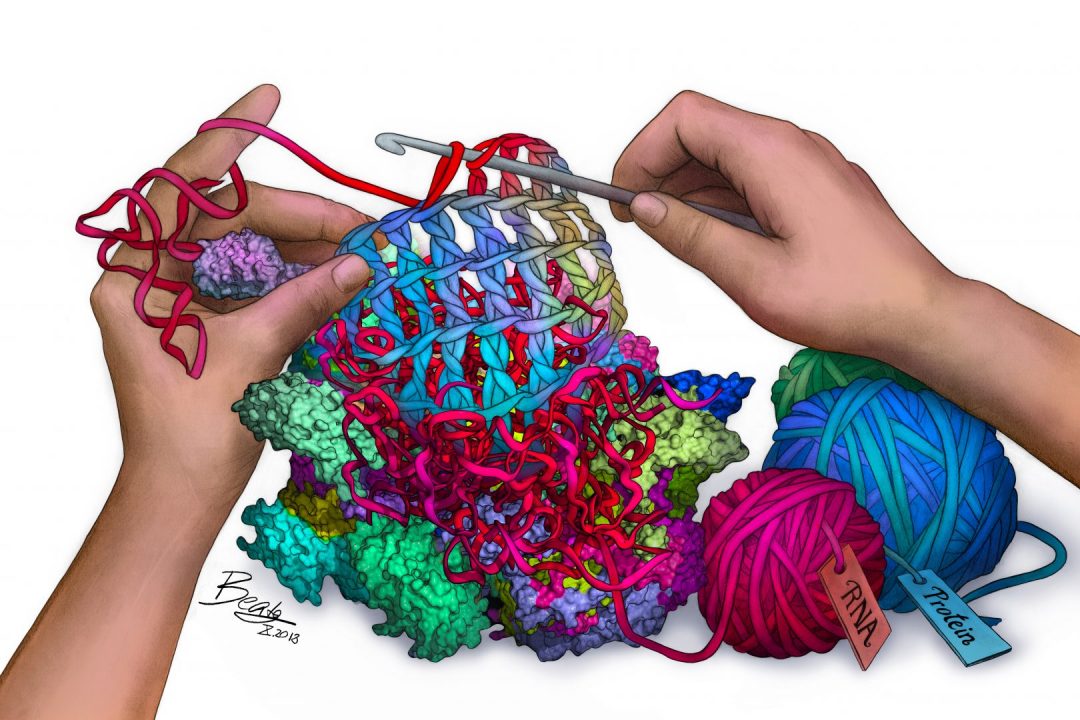Molecular basis for the variability of mitoribosomes across species revealed
A collaborative effort between researchers from SciLifeLab, Georgia Institute of Technology and Harvard Medical School has revealed why mitochondrial ribosomes are highly variable across species. The study published and featured on the cover of the journal of Molecular Biology and Evolution, was led by SciLifeLab Fellow Alexey Amunts (Stockholm University/Karolinska Institutet), who also heads the cryo-EM lab.
Despite a common ancestry, mitochondrial ribosomes, or mitoribosomes, are morphologically diverse and vary in protein and rRNA content in different species. Previous work from Amunts and colleagues has showed that even defining functional features of mitoribosomes have been affected. The diversity of mitoribosomes is unprecedented in other homologous systems, and the structures of their cytosolic counterparts from different species are highly similar. By combining three-dimensional structural information with a comparative analysis of the secondary structures of mitochondrial rRNAs and available proteomic data, the researchers now generated a map of variations and reconstructed the fundamental stages that shaped the evolution of mitoribosomes. The analysis suggests that rapidly evolving mitochondrial rRNA causes structural instabilities in mitoribosomes that are patched by acquisition of pre-existing compensatory elements. Since the toolkits of elements utilized for structural patching differ between mitochondria of different species, it fosters the growing divergence of mitoribosomes. This molecular mechanism underlies the incorporation of the mitochondrial tRNA into the human mitoribosome, and the altered path of the exit tunnel in yeast mitoribosome.





